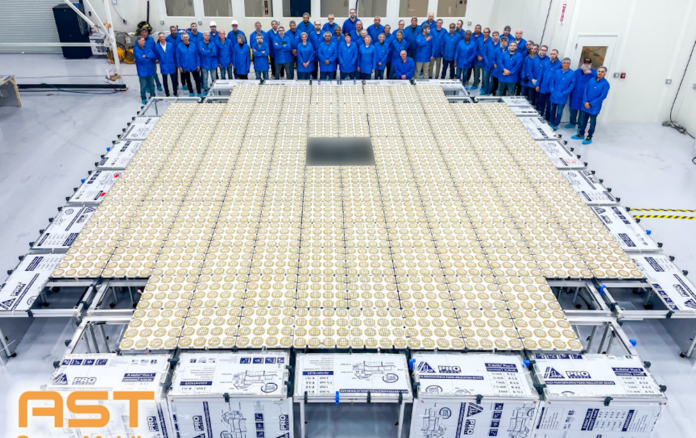Connecting IoT devices via satellite with 5G technology
Industries operating in the remotest corners of the planet, from Solar farms in the Sahara to oil fields off the east of South Africa, can enjoy simple, affordable 5G connections for their industrial Internet of things. This is because three Telefónica divisions are jointly developing of a connectivity service for the maritime sector that harnesses the powers of Dual 5G Narrow band internet of things (NB-IoT) to create a connectivity service that covers both land and sea. Any industry that involves work in remote areas, be it farming, oil exploration or green power generation, could benefit from a new development to deliver 5G from space.
The subsidiaries involved are Telefónica Tech and Telefónica Global Solutions (TGS) and Sateliot, a satellite telecoms operator. Their objective is to create a global satellite service using Low Earth Orbit (LEO) constellations to provide 5G NB-IoT connectivity. LEO constellations orbit at an altitude of between 500 and 1,000 kilometres, much lower than traditional geostationary satellites. In addition, being compatible with 3GPP standards, the LEO will allow NB-IoT devices to synch with both existing terrestrial networks and the new satellite network.
Their jointly created network natively integrates the satellite network with the network nodes of Kite, a managed IoT connectivity system developed by Telefónica Tech. This is used by customers to control and monitor their power lines in real time and remotely from anywhere in the world through a web portal or via application programming interfaces.
“Our purpose is to make IoT connectivity available everywhere and to everybody,” said Jaume Sanpera, CEO and cofounder of Sateliot, “We have an Early Access Program open to IoT service providers and based on that we see a huge market demand.”
This 5G-satellite combination is becoming increasingly popular. In August AST Spacemobile will launch BlueWalker 3, a test satellite designed to test cellular broadband communications directly with standard mobile phones, from space. AST SpaceMobile has spent $85 million on the satellite’s development and the company’s engineers have successfully conducted more than 800 ground tests with BlueWalker 3. Direct conversations between satellites and subscribers are being attempted by a number of telecoms players. Thales, Ericsson and Qualcomm are also collaborating on satellite-driven 5G network to improve terrestrial connectivity.
The Telefónica Tech creation has similar equipment continuity advantages. It will not need new devices to be created, other than those already used in NB-IoT connectivity. It is expected that agriculture, shipping, wind farms, solar farms and livestock will be the sectors that will benefit most from this new invention, which aims to help any industry that needs coverage in remote areas. Telefónica Tech and TGS plan to start the first pre-commercial pilots with customers later this year.
These days the most fruitful areas are projects based on virtualisation and the deployment of the network in the cloud according. Carlos Carazo, Technology & Technical Operations Director of IoT and Big Data at Telefónica Tech. “5G satellite connectivity access provides a standards-based answer to IoT customers who require full coverage using the same narrowband IoT devices that the industry already has,” said Carazo.


